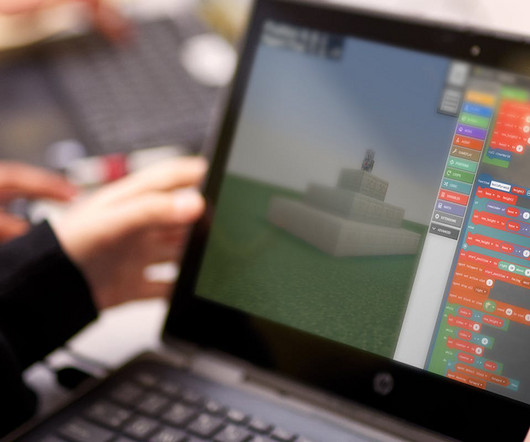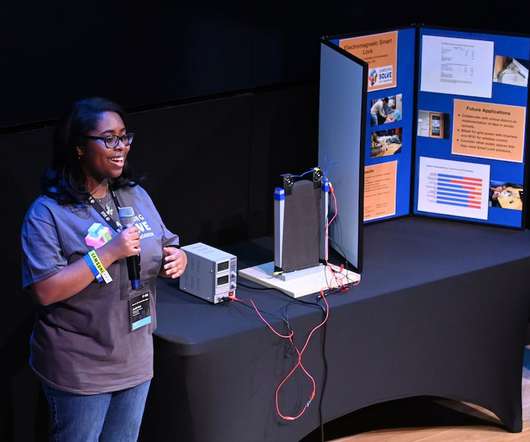Elevating Math Education Through Problem-Based Learning
Edsurge
FEBRUARY 14, 2024
Real-World, Meaningful Problems This kind of scenario — linking the drama of mountaineering with work on percentages in middle school math — can effectively be used in a problem-based learning (PBL) approach in the classroom. And that's how people learn math. You may have heard a lot about PBL in recent years.





















Let's personalize your content